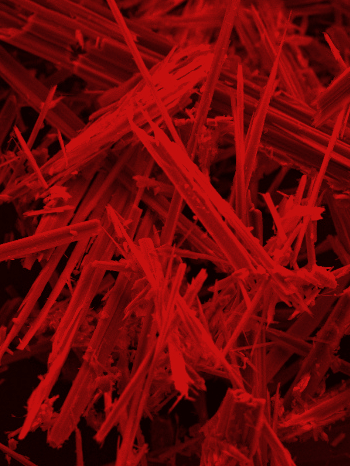New QLD standard for asbestos board
 Queensland authorities are tightening the rules around a specific kind of asbestos product.
Queensland authorities are tightening the rules around a specific kind of asbestos product.
Low density asbestos fibre board (LDB) is a lightly compressed board which looks similar to asbestos cement sheeting or plasterboard. It is different because it can be easily bent by hand or dented by soft pressure. It is also sometimes referred to as asbestos insulating board.
From May 1, 2021, the Queensland Government says LDB must be treated as a friable asbestos containing material (ACM) and must only be removed by a class A licensed asbestos removalist.
LDB contains up to 70 per cent by volume of asbestos fibres and is generally composed of amosite (brown asbestos) and chrysotile (white asbestos) in a calcium silicate plaster.
If in good condition and left undisturbed, LDB presents a relatively low risk of releasing asbestos fibres and causing harm. However, because it is softer than asbestos concrete sheeting, LDB can break up more easily when disturbed, which increases the likelihood of exposure to airborne asbestos fibres.
LDB tends to bend or flex when pressure is first applied and then will tear rather than snap once it reaches its breaking point.
Nails and other fasteners cannot easily be removed from LDB without it tearing and breaking into very small pieces. Maintenance and service tasks, such as sawing, cutting or drilling into LDB without appropriate controls can result in a significant release of asbestos fibres.
More information on specific protocols for dealing with LDB is available here.








 Print
Print